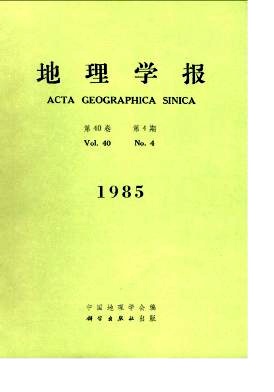Qian Ning
Based on the plain view, manner of channel shifting, stability and bank credibili-ty, channel patterns of alluvial streams a.re divided into four categories, namely, (1) wandering, (2) anabranched, (3) meandering, and (4) straight pattern.Streams, as an integrated part of a drainage ibasin, assume their characteristics in accordance with the amount and hydrograph of wafer and sediment and the type of ma- terial carried to the reach from the upstream watershed. The type of sediment manife-sts its effects in two aspects, i.e., the material which fronis the boundary of the channel and the ’bed material load which governs the formation of the channel. Whenever the conditions of the drainage ibasin change, the morphologic character of the river do-wn-streaxn will vary conformably. Such an adjustment is aoeomplished through the proce-sses of erosion, ’transportation and deposition of the sediment. The interrelationships between (1) the oncoming bed material load and. the sediment carrying capacity of the flow, and (2) the erodiblity of the river banks and the erosive power of the water decide essentially the general direction of the adjustment.Based on the concepts as depicted abov. it is argued that the production rate of tlie ’bed material load in relation to the water production rate of the watershed and the relative credibility of the stream banks are the two governing factors which control the-formation of different ohaomel patterns. Subsidiary factors in channel patterns forma-tion are given in Table 2. The existence of certain subsidiary factors may prove to be beneficial to the development of a certain chrannel pattern, or may even play a deciding-role when the stream is in a critical state of geomorpbologic (channel pattern shifting) threshold.
